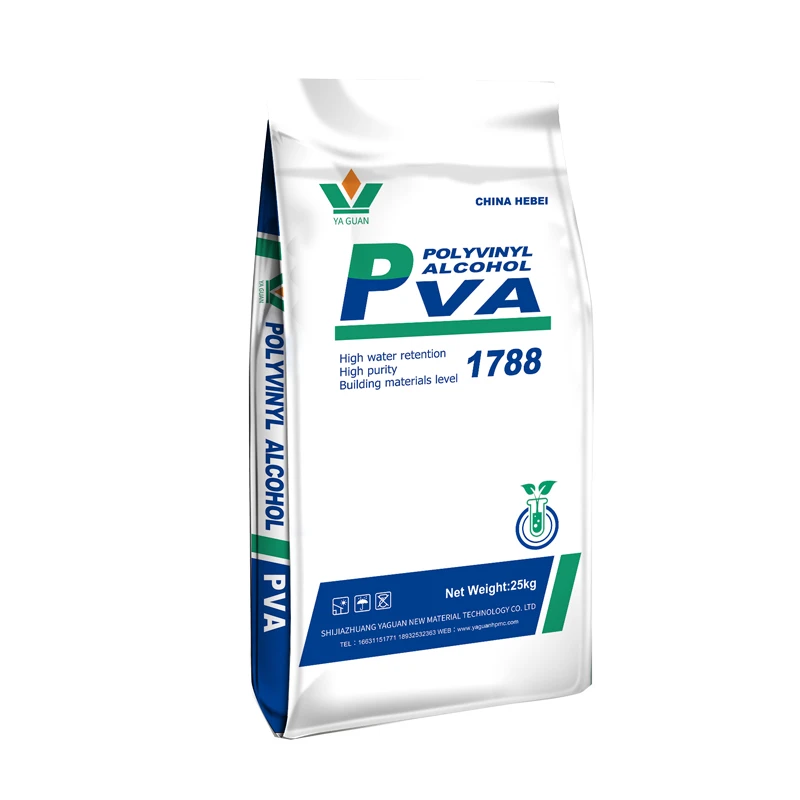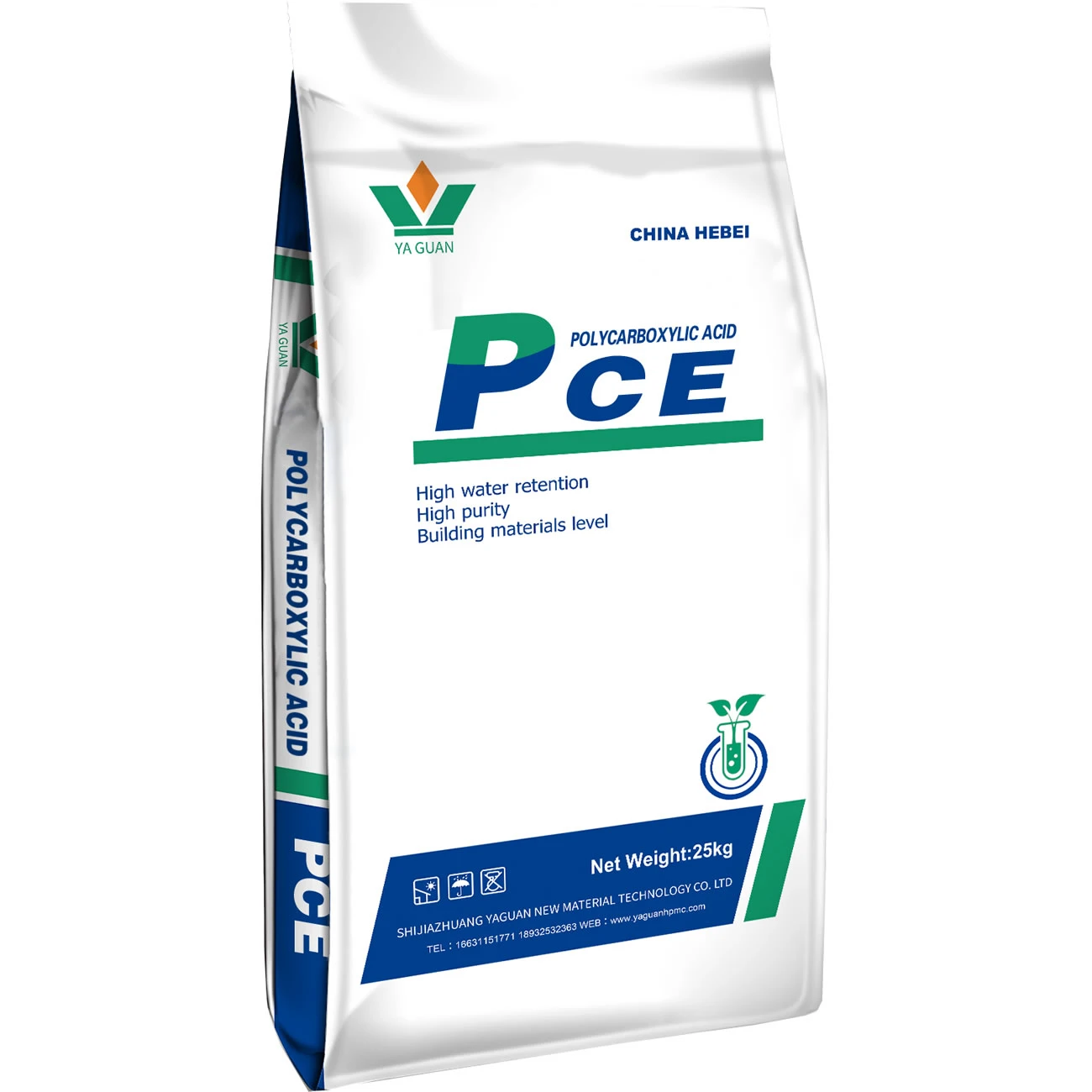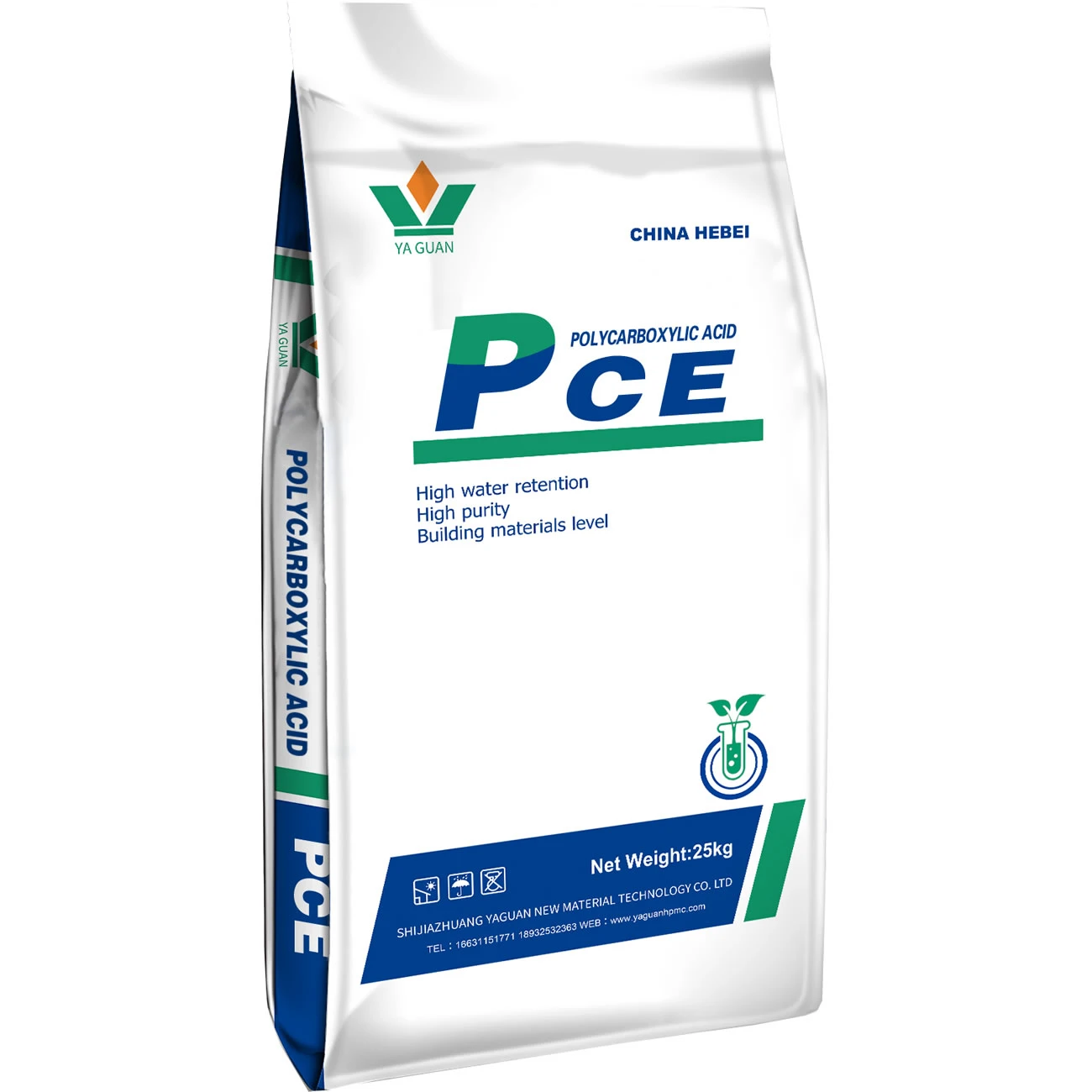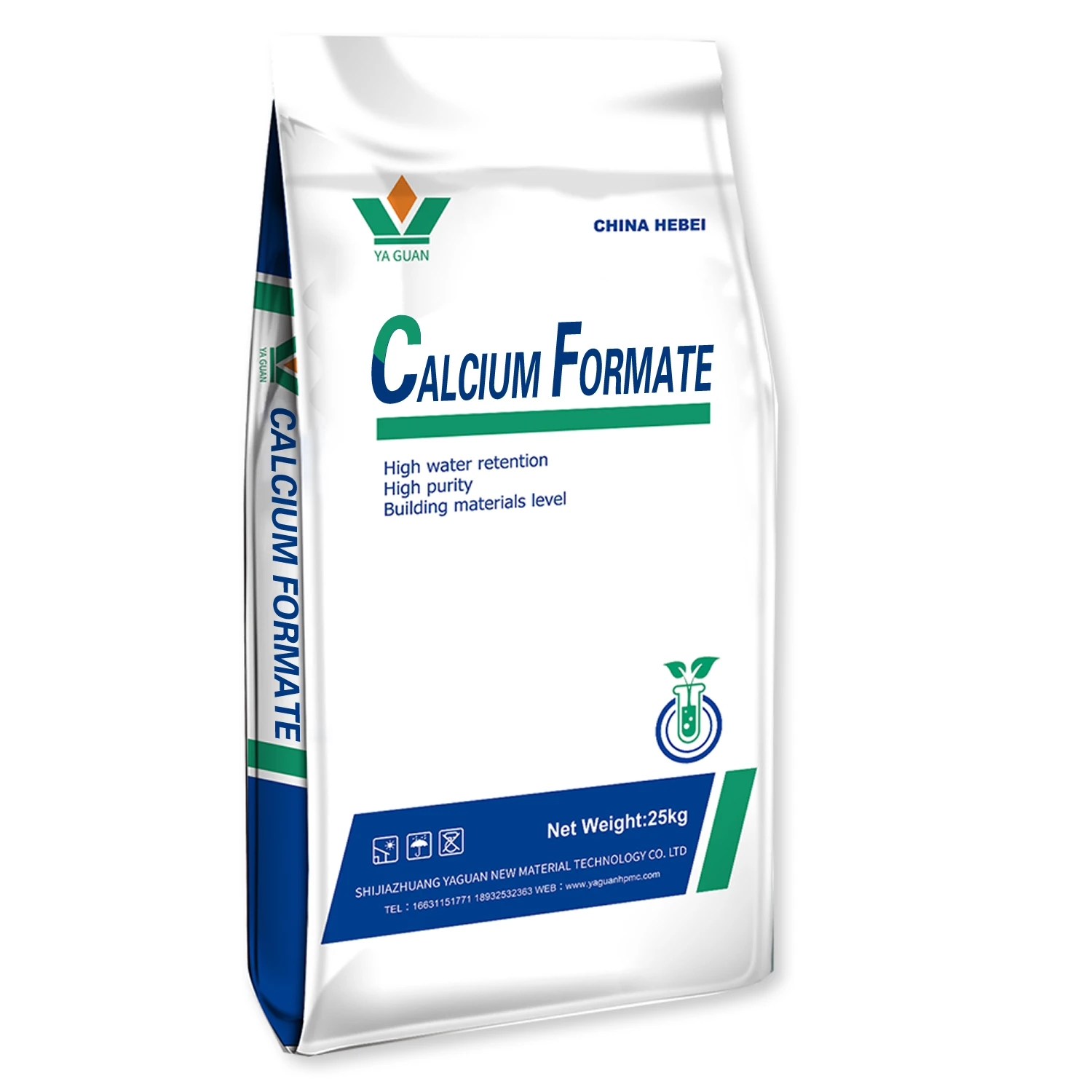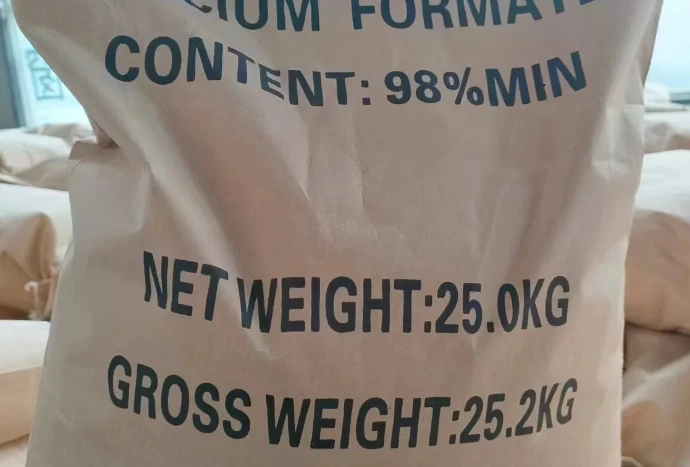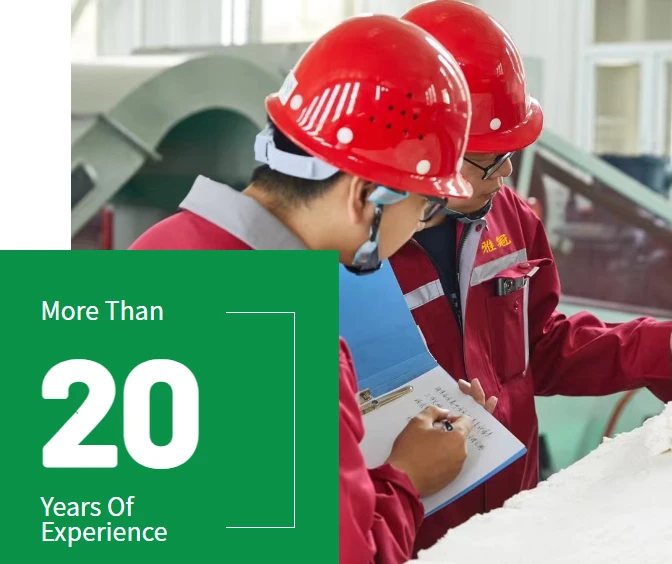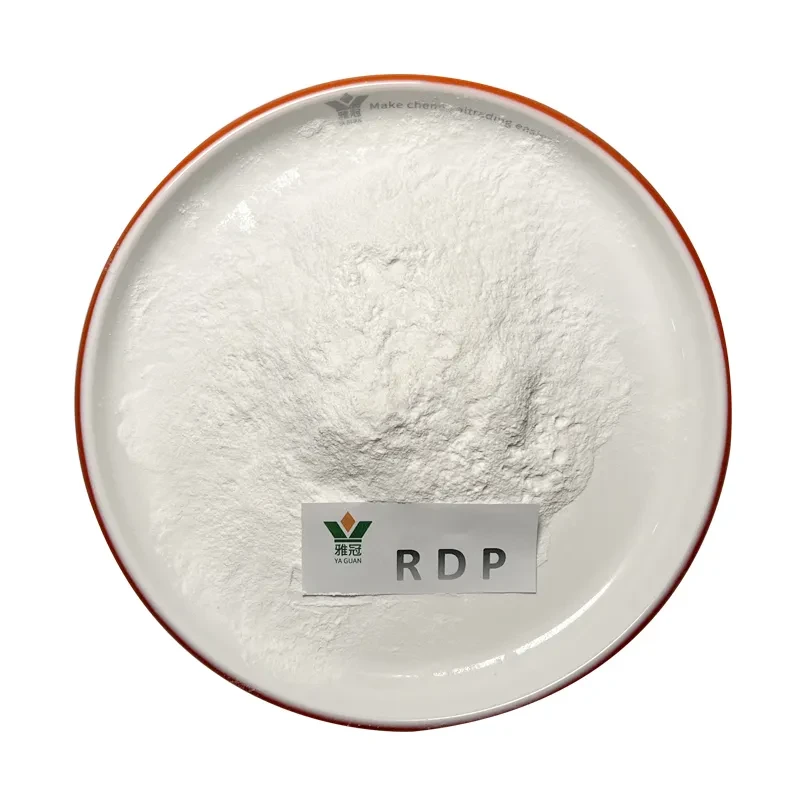
As a wholesaler in the construction materials sector, understanding the impact of particle size on redispersible latex powder is crucial for supplying high-performance products. Redispersible latex powder, also known as redispersible emulsion powder or redispersible powder, is a key additive in dry mortar systems, and its particle size directly influences properties like workability, strength, and durability. Shijiazhuang Yaguan New Material Technology Co., Ltd. specializes in producing redispersible latex powder with precisely controlled particle sizes to meet diverse application needs. This article explores how particle size affects redispersible latex powder performance, the technology behind size optimization, and the role of Shijiazhuang Yaguan in delivering tailored solutions.
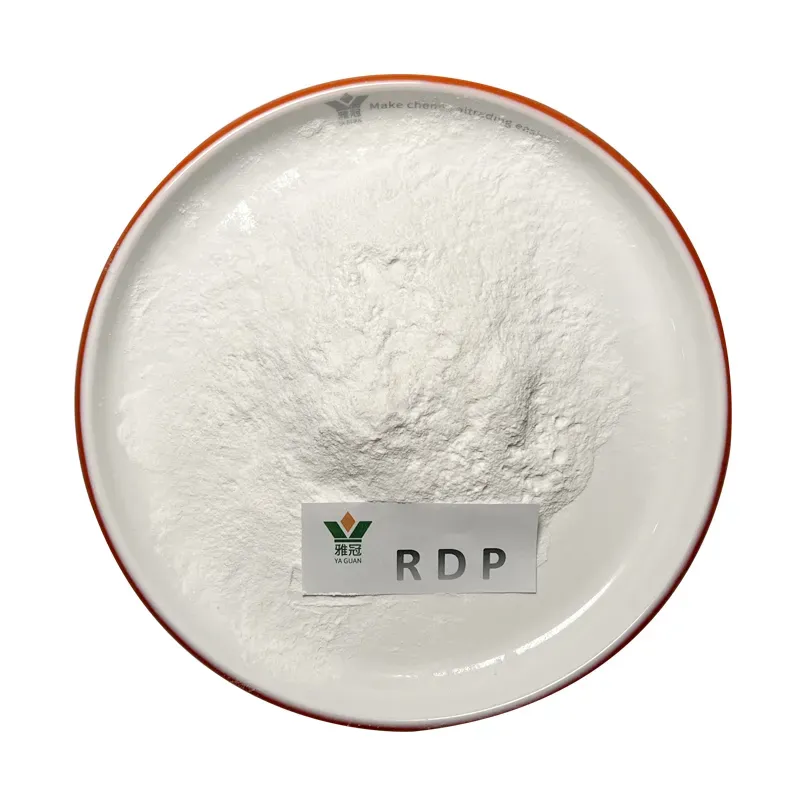
Redispersible Latex Powder: Fundamentals and Particle Size Basics
Redispersible latex powder is produced by spray-drying polymer emulsions, resulting in fine particles that redisperse into stable emulsions when mixed with water. The particle size of redispersible emulsion powder is typically measured in micrometers (μm) and ranges from 1 to 100 μm, with optimal sizes varying by application. Shijiazhuang Yaguan New Material Technology Co., Ltd. controls particle size through advanced spray-drying techniques, ensuring consistency and performance.
Particle Size Distribution (PSD) Key Metrics
- D50 (Median Diameter): The particle size where 50% of the powder is smaller and 50% is larger.
- D10/D90: The sizes below which 10%/90% of particles fall, indicating distribution width.
- Specific Surface Area: Finer particles have higher surface area, enhancing binding capacity.
Table: Shijiazhuang Yaguan’s Redispersible Latex Powder Particle Size Grades
|
Grade |
Average Particle Size (μm) |
Typical Applications |
Key Performance Traits |
|
Fine Grade |
1–5 |
Thin coatings, tile adhesives |
High workability, rapid redispersion |
|
Medium Grade |
5–15 |
Mortars, renders |
Balanced strength and processability |
|
Coarse Grade |
15–30 |
Waterproofing membranes, primers |
Enhanced water resistance, durability |
Impact of Particle Size on Redispersible Powder Properties
Workability and Mixing Behavior
Finer redispersible latex powder particles (1–5 μm) improve mortar flowability by acting as micro-balloons, reducing internal friction. This is critical for thin-layer applications like tile adhesives, where smooth spreading is essential. Shijiazhuang Yaguan’s Fine Grade powders enable easy mixing and prolonged open times, ideal for large-scale construction projects. Coarser particles (15–30 μm), however, may require more water to achieve similar workability but offer better anti-sedimentation properties in thick coatings.
Mechanical Strength and Flexibility
Particle size influences the polymer film’s continuity in hardened mortars. Finer redispersible emulsion powder particles form denser films, enhancing tensile strength and crack resistance. For example, Shijiazhuang Yaguan’s Medium Grade powders (5–15 μm) balance strength and flexibility in render systems, allowing them to withstand thermal cycling without cracking. Coarser particles, while providing less film density, can improve impact resistance in flooring mortars by creating a more rugged microstructure.
Water Resistance and Durability
Coarser redispersible latex powder particles (15–30 μm) often enhance water resistance due to their larger inter-particle spaces, which form a more hydrophobic network. Shijiazhuang Yaguan’s Coarse Grade powders are ideal for waterproofing membranes, where low water permeability is critical. Finer particles, conversely, may absorb more water during redispersion, potentially reducing long-term durability if not properly formulated.
Production Technology: Controlling Particle Size in Redispersible Latex Powder
Spray-Drying Process Optimization
Shijiazhuang Yaguan employs state-of-the-art spray-drying towers to control redispersible powder particle size:
- Atomization Pressure: Higher pressures produce finer droplets, leading to smaller particles.
- Inlet/Outlet Temperatures: Precise temperature control affects particle shrinkage and aggregation.
- Cyclone Separation Efficiency: Adjusted to capture specific size fractions.
Post-Processing Modifications
- Air Classification: Filters separate particles into narrow size ranges for grade consistency.
- Surface Coating: Silica or starch coatings prevent agglomeration in fine-grade powders.
- Agglomeration Techniques: Applied to coarse grades to improve flowability without sacrificing particle size.
Redispersible Latex Powder FAQS
How does particle size affect the redispersion speed of redispersible powder?
Particle size significantly impacts redispersion speed: finer redispersible latex powder particles (1–5 μm) have higher surface area, enabling faster wetting and dispersion in water. Shijiazhuang Yaguan’s Fine Grade powders redisperse within 5–10 minutes, ideal for time-sensitive applications like ready-mix mortars. Coarser particles (15–30 μm) may take 15–20 minutes to fully disperse but offer better resistance to settling in high-viscosity systems.
Can particle size influence the open time of mortars containing redispersible emulsion powder?
Yes. Finer redispersible latex powder particles extend open time by maintaining mortar plasticity. Shijiazhuang Yaguan’s Medium Grade (5–15 μm) allows up to 2 hours of workability in tile adhesives, while coarser grades may reduce open time due to faster water absorption. Proper particle size selection ensures contractors have sufficient time for adjustments without compromising bond strength.
What particle size is best for enhancing flexural strength in cementitious systems using redispersible powder?
Finer redispersible powder particles (1–5 μm) are optimal for flexural strength. Their high surface area promotes better polymer-cement interfacial bonding, as seen in Shijiazhuang Yaguan’s Fine Grade powders, which can increase flexural strength by 30–40% in mortar mixes. Coarser particles provide less continuous film formation, making them less effective for flexural applications.
How does particle size affect the cost of redispersible latex powder?
Finer redispersible latex powder is generally more expensive due to higher production costs (tighter spray-drying control, air classification). Shijiazhuang Yaguan’s Fine Grade powders cost 15–20% more than Coarse Grade, but their performance in high-value applications like thin coatings justifies the expense. Wholesalers should balance performance needs with budget constraints when selecting grades.
Can particle size be adjusted for custom redispersible emulsion powder orders?
Yes. Shijiazhuang Yaguan New Material Technology Co., Ltd. offers custom particle size tuning for redispersible latex powder. Using advanced spray-drying parameters, they can tailor D50 values between 1–30 μm to meet specific project requirements. For example, a recent custom order for a high-flexibility mortar used a unique 8–12 μm particle size to balance crack resistance and workability.
Particle size is a critical parameter in redispersible latex powder performance, influencing workability, strength, and durability across construction applications. Shijiazhuang Yaguan New Material Technology Co., Ltd.’s precision control over particle size—from fine-grade (1–5 μm) to coarse-grade (15–30 μm)—enables wholesalers to supply tailored solutions for tile adhesives, waterproofing, and more. By understanding how particle size impacts redispersible emulsion powder properties, wholesalers can align product offerings with customer needs, ensuring optimal performance while maximizing value. As construction demands evolve, Shijiazhuang Yaguan’s commitment to particle size innovation will continue to drive advancements in redispersible powder technology.







